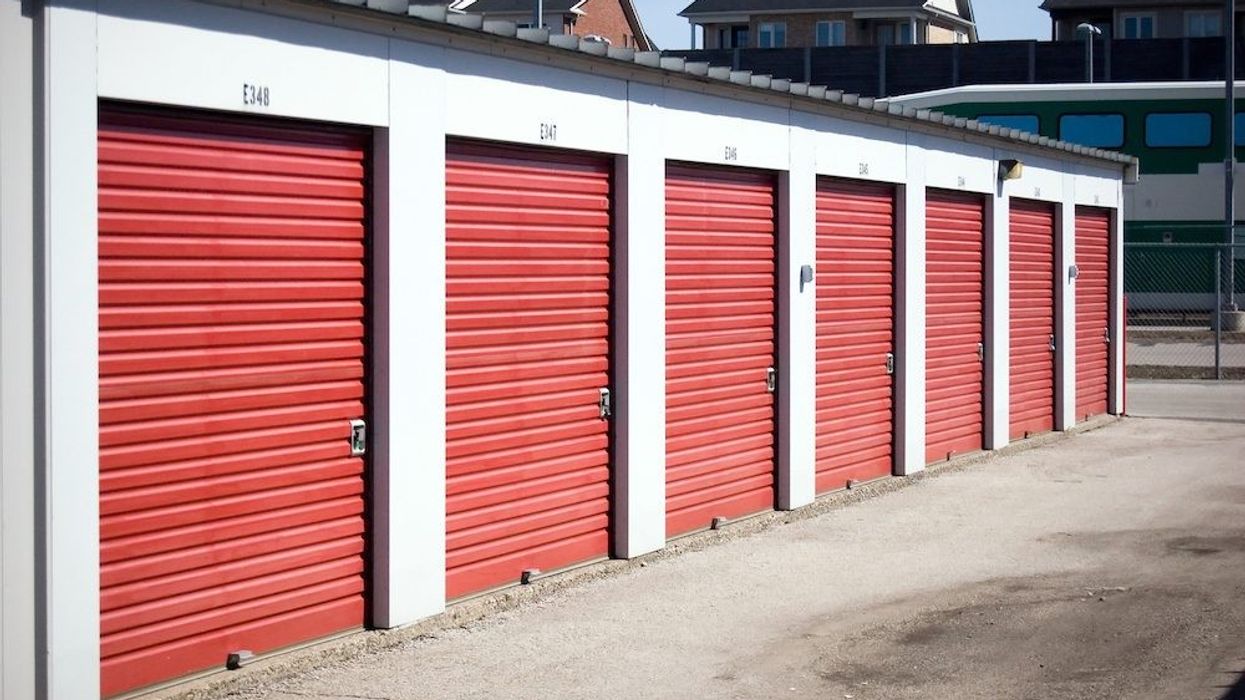We live in an age of stuff. Stuff, stuff and more stuff.
We have so much stuff now that finding a place to put it has spawned whole industries. Storing stuff, caring for it, buying and, finally, getting rid of it, have become the stuff of life.
Stuff is what we do. It’s who we are.
It’s no surprise, then, that all this stuff has bequeathed us a culture of clutter and turned us into a nation of hoarders. We’ve reached the point where no one can say for sure whether we control our stuff or it controls us.
READ: With Friends Like Metrolinx, Who Needs Enemies?
Even the most humble amongst us now rival those pharaohs and emperors of old who went to their grave surrounded by the stuff -- household items, livestock and sometimes even whole armies -- they’d need in the afterlife.
Today, we don’t have to wait to die to be buried in stuff.
Stuff has become big business. It is the substance of public policy, government decision-making and economic theory. Without stuff, we’re lost. If we stopped spending on stuff we’d go under, quickly. Without stuff we don’t have an economy. Or at least not the one we have now.
It’s not that we depend on stuff per se; what really matters is the buying and selling of stuff, marketing, manufacturing and transporting it. Then there’s the invention of stuff in the first place, the creation of demand and indispensability.
A Troubling Industry
Of course, most stuff is useless or, if useful, only briefly so. Even the stuff we do need -- clothing, for example -- is so readily disposable that whole swaths of the Third World are buried beneath mountains of cast-off wearables, much of it never actually worn.
In China, whole towns have become enormous dump sites for discarded electronic devices. The largest, Guiya, until recently had 5,000 workshops that processed 15,000 tonnes of e-waste a day, all fuelled by the estimated 1B phones and 275M laptops that pour onto the market annually, few of them designed to last.
According to the U.S. Public Interest Research Group, “E-waste has become one of the fastest growing waste streams in the world, and experts expect it to continue growing by 3 to 4 percent annually.”
The Rise of the Storage Unit
Meanwhile, here in Ontario and North America, the focus is less on getting rid of stuff than storing it. Self-storage facilities are now a regular feature on the landscape -- urban, suburban and rural. These buildings, uniformly cheap and anonymous, are filled with stuff people no longer have room for at home, but which they are reluctant to throw away. That includes everything from furniture and furnishings to mattresses and seasonal clothing.
These places are as ubiquitous as liquor stores, supermarkets and gas stations. And as necessary.
In the US, which keeps better stats than Canada, the storage industry is worth an estimated $25B (USD) annually. Canada can’t compete with numbers like this, but analysts say the market here is “booming.” Depending on unit size, rents vary from $25 to $550 a month.
Given skyrocketing rents for residential accommodation, some might be tempted to take up residence with their stuff. Sadly, there wouldn’t be enough room; the spaces are already full. And at a time of incredible shrinking condos -- some units are as small as 310 sq. ft -- they don’t offer much space for living, let alone storage.
READ: Ontario Needs More Supply. But Slashing Planning Rules it Too Steep a Price
It’s ironic, perhaps, that even though just about everything we purchase is disposable, we hang on to stuff as if our lives depended on it. Regardless of how banal, trivial or unnecessary stuff may be, we are reluctant to let go.
Still, the painful reality is that getting rid of stuff isn’t as easy as we thought. Aging boomers who assumed their grown children couldn’t wait to get their hands on mother’s Royal Doulton figurines, her Depression glass or father’s carved decoys, are shocked to discover their sons and daughters would rather swallow bleach than take the stuff home. As for their parents’ precious antiques -- please -- just more stuff, stuff they don’t want or need. Besides, their homes are already full to bursting.
But there are signs of a backlash; as well as thrift stores and second-hand websites, companies that catalogue, list and auction stuff have gone mainstream. And let’s not forget Saint Marie of Kondo; she who has helped so many, quite literally, see the light.
Perhaps Ludwig Mies Van Der Rohe, the maestro of minimalism, summed it up most succinctly when he declared that: “Less is more.”
What else needs to be said?





















